デザイン・ファイル
2 設計・ファイル
-
シミュレーションとモデル
BSDL for LPC18xx and LPC43xx
-
シンボルおよびフットプリント
LPC43xx/LPC18xx Eagle symbols
お客様の素早い設計とより早い製品化を実現する、技術情報と専門知識をご紹介します。
The LPC18S30FBD144 is a Arm Cortex-M3 based microcontroller with security features for embedded applications. The Arm Cortex-M3 is a next generation core that offers system enhancements such as low power consumption, enhanced debug features, and a high level of support block integration.
The LPC18S30FBD144 operates at CPU frequencies of up to 180 MHz. The Arm Cortex-M3 CPU incorporates a 3-stage pipeline and uses a Harvard architecture with separate local instruction and data buses as well as a third bus for peripherals. The Arm Cortex-M3 CPU also includes an internal prefetch unit that supports speculative branching.
The LPC18S30FBD144 includes 200 kB of on-chip SRAM, security features with AES engine, a quad SPI Flash Interface (SPIFI), a State Configurable Timer/PWM (SCTimer/PWM) subsystem, two High-speed USB controllers, Ethernet, an external memory controller, and multiple digital and analog peripherals.

部品番号: LPC18S30FBD144.
クイック・リファレンス ドキュメンテーションの種類.
1-5 の 15 ドキュメント
セキュアファイルの読み込み中、しばらくお待ちください。
2 設計・ファイル
セキュアファイルの読み込み中、しばらくお待ちください。
1-5 の 6 ハードウェア提供
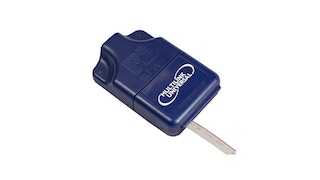
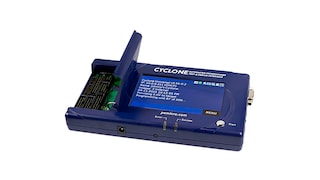

追加ハードウェアを利用可能 パートナー・ソリューションの特集を表示.


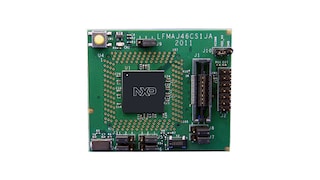
1-5 の 22 ハードウェア提供



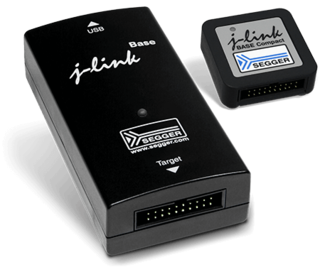
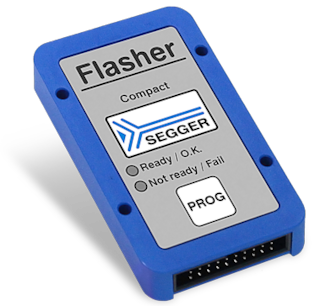
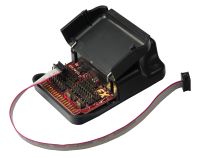













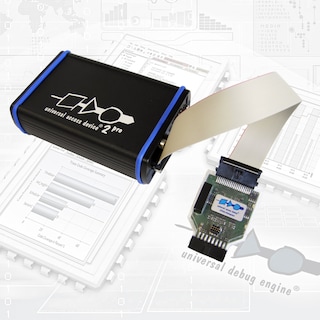


本製品をサポートするパートナーの一覧は、 パートナーマーケットプレイス.
1-5 の 6 ソフトウェア・ファイル
追加ソフトウェアを利用可能 パートナー・ソリューションの特集を表示.
注: より快適にご利用いただくために、ソフトウェアのダウンロードはデスクトップで行うことを推奨します。
セキュアファイルの読み込み中、しばらくお待ちください。
1-5 の 47 ソフトウェア提供















































本製品をサポートするパートナーの一覧は、 パートナーマーケットプレイス.
1-5 の 6 エンジニアリング・サービス






There are no results for this selection.
本製品をサポートするパートナーの一覧は、 パートナーマーケットプレイス.
6 トレーニング
6 トレーニング